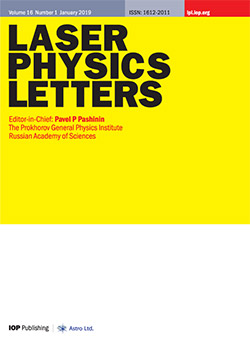
We report on the comparison of two approaches to the reconstruction of oxygen saturation (StO2) within blood vessels from multispectral optoacoustic (OA) measurements. The spatially-resolving approach is based on determination of the optical absorption coefficient µa from OA signal amplitudes, while the calibration-free approach is based on evaluation of the effective optical attenuation coefficient µeff derived from the in-depth OA signal decay. Both approaches were verified in phantom experiments as well as in in vitro and in vivo measurements. The results demonstrate good agreement of µa spectra derived from OA signal amplitudes with the published data indicating this approach to be preferable for the in vivo determination of StO2. Reconstruction of µa spectra from the in vivo measured OA signal amplitudes in a rat yields StO2 values of 0.57 ± 0.08 and 0.50 ± 0.07 for two veins of the thoracic spine. We demonstrate that for cost-effective measurements a dual-probing wavelength scheme can be employed instead of multiple wavelength probing. We found that the probing wavelength of 700 nm combined with a wavelength from the range of 850–1069 nm provides reconstructed StO2 values close to the reference ones derived from multiple wavelength measurements in the entire range of 658‒1069 nm.
Perekatova V., Subochev P., Kirillin M., Sergeeva E., Kurakina D., Orlova A., Postnikova A., and Turchin I. Quantitative techniques for extraction of blood oxygenation from multispectral optoacoustic Laser Physics Letters 16(11):116201, (2019).
Follow the link below to find out more:
